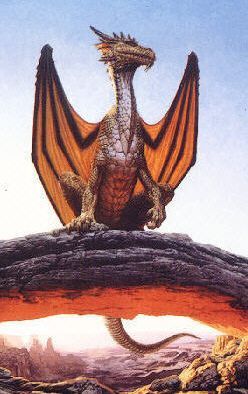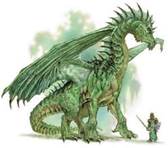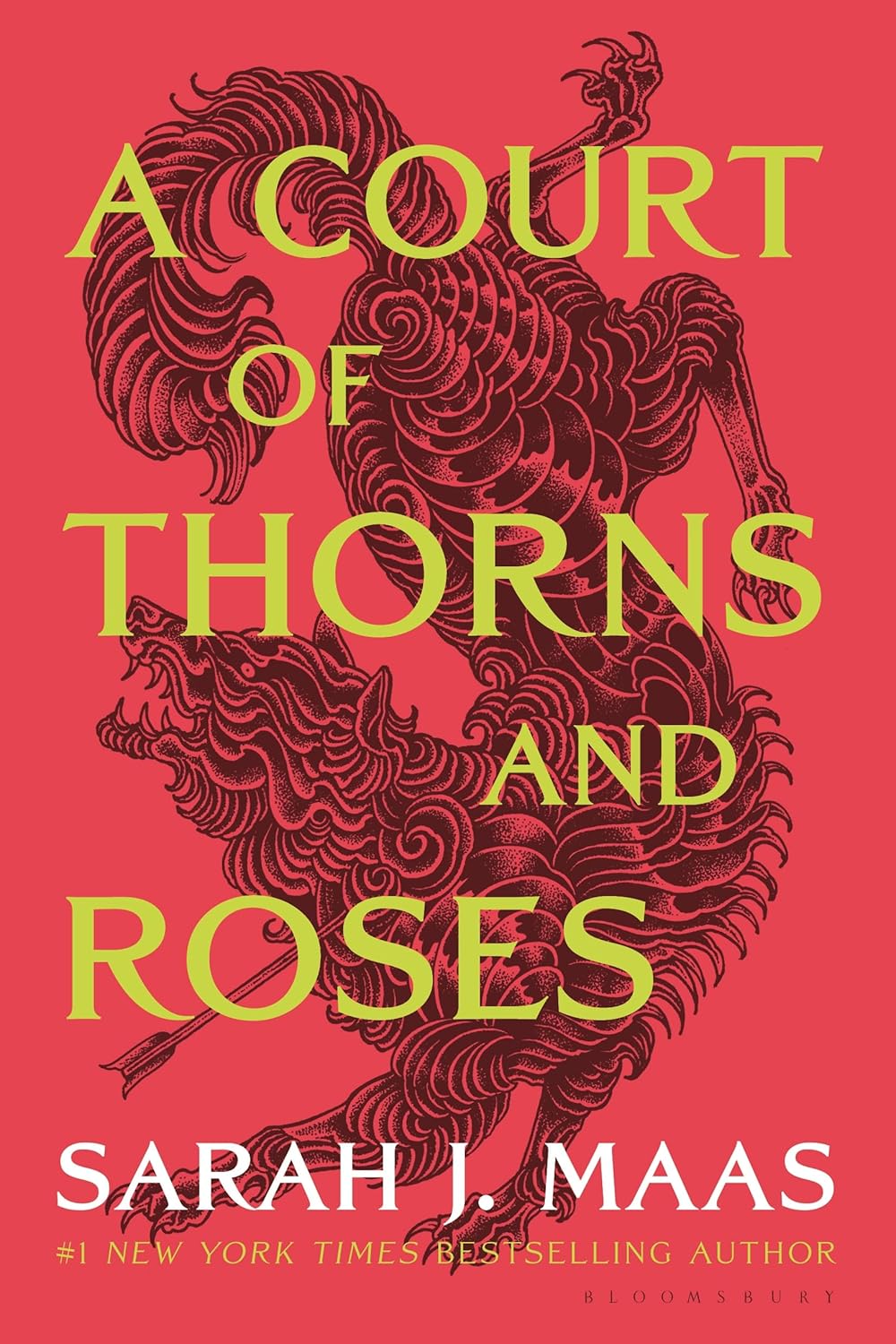- Home
- Fairy Blog
- Fairy Cakes
- Fairy Quotes
- Safety Dance
- The Flower Fairies Books
- What is a Fairy?
- Are Fairies Real?
- Elemental Fairies
- Faeries
- What are the Fae?
- Fae Fantasy Books
- Fairy History
- Origin of Fairies
- Fairies in Folklore
- Pixies
- Pixie Fairy Differences
- Gothic Fairies
- Tooth Fairy
- Fairy Festivals
- Fairy Gardens
- Fairy Garden Accessories
- Fairy Forests
- Fairy Poems
- Fairy Tales
- Fairy Tale Origins
- Classic Fairy Tales
- 24 Fairy Tales
- Fairy Tales around the World
- About Fantasy Creatures
- Dragons
- Dwarves
- Elves
- Gnomes
- Leprechauns
- Mermaids
- Unicorns
- Fairy Face Painting
- Free Fairy Art
- Fairy Coloring Pages
- Fairy Crafts For Kids
- Chinese Dragon Art
- How to Draw a Dragon
- Chinese Dragon Drawing
- Dragon Coloring Pages
- Fairy Tattoo Ideas
- About Us
- Contact Us
- Disclaimer
- Privacy Policy
History Of Dragons
The history of dragons is an extensive and fascinating topic, as these mythical creatures have been a part of folklore, mythology, and literature across many cultures throughout history. While the specific details and attributes of dragons can vary significantly from one culture to another, they are generally depicted as large, powerful reptiles or serpents with wings, sharp claws, and the ability to breathe fire.
Amazon Audible Promo
With Amazon Audible’s holiday promo ($0.99/month for 3 months) and the release of Harry Potter: The Full-Cast Audio Editions, there's never been a better time to join.
The word "dragon" has its roots in ancient languages and can be traced back to several linguistic origins. In English, the term comes from the Old French word "dragon," which in turn was derived from the Latin word "draco" or "draconem" (meaning "huge serpent" or "sea serpent"). The Latin term itself can be traced back to the ancient Greek word "drákōn" (δράκων), which means "serpent" or "giant sea fish."
In ancient Greek mythology, the term "drákōn" was used to describe various serpent-like creatures, including the fearsome Hydra and the dragon that guarded the Golden Fleece in the story of Jason and the Argonauts. Over time, the word "dragon" and its equivalents in other languages have come to represent a range of mythical creatures across different cultures, often with reptilian or serpentine features, and sometimes with the ability to fly and breathe fire.
History of Dragons in Different Cultures
- Ancient Mesopotamia: Some of the earliest references to dragon-like creatures come from ancient Mesopotamian mythology, dating back to around 3000 BCE. One example is the creature Tiamat, a primordial goddess of chaos and the sea, often depicted as a serpentine or dragon-like being.
- Ancient China: Dragons have been an integral part of Chinese culture for thousands of years, dating back to the Neolithic period. Chinese dragons, known as lóng, are typically associated with wisdom, power, and the natural elements, particularly water. They were seen as benevolent beings and often used as symbols of imperial authority.
- Ancient India: In Hindu mythology, serpentine or dragon-like creatures called Nagas play a significant role. These beings are often depicted as half-human, half-serpent and are associated with water, fertility, and sometimes with destructive forces.
- Ancient Greece: In Greek mythology, several dragon-like creatures appear, including the fearsome Hydra, a multi-headed serpent defeated by Heracles, and the Drakon, a giant serpent usually guarding something valuable or sacred.
- Ancient Norse Mythology: Norse mythology features dragons as well, such as Fafnir, a dwarf who turned into a fearsome dragon after being cursed by a magical ring. The Norse also believed in the World Serpent, Jormungandr, a massive sea serpent that encircles the world.
- European Middle Ages: During the Middle Ages, dragons became a popular symbol in European folklore and legends. These dragons were often depicted as malevolent, fire-breathing beasts that needed to be slain by heroic knights. The story of Saint George and the Dragon is one of the most famous examples.
- Modern Interpretations: Dragons continue to be popular in modern literature, art, and popular culture. They can be found in various forms in works such as J.R.R. Tolkien's "The Hobbit," J.K. Rowling's "Harry Potter" series, and George R.R. Martin's "A Song of Ice and Fire" series, as well as in numerous films, TV shows, and video games.
While the history of dragons may vary from one culture to another, their enduring presence in human history testifies to the fascination these mythical creatures continue to hold for people around the world.
Differences Between Cultures
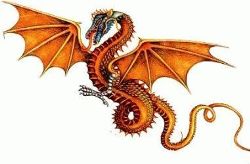
While the history of dragons may come from many different cultures, here is the actual differences between these cultures:
- Chinese dragons: In Chinese mythology, dragons (lóng) are generally considered benevolent, wise, and powerful creatures. They are often associated with water, rain, and fertility, and they have a more serpentine appearance. Chinese dragons typically do not have wings but are capable of flight through magical means. They are seen as symbols of good fortune, and the emperor was thought to have a dragon as his symbol, signifying power and authority. Read more about Chinese dragons here.
- Japanese dragons: Japanese dragons, or ryū, share many similarities with Chinese dragons, including their serpentine bodies and association with water. However, they often have three claws on each foot, as opposed to the four or five claws found on Chinese dragons. Japanese dragons can also be portrayed as more aggressive and destructive in some myths and legends. Read more about Japanese dragons here.
- European dragons: In European folklore, particularly during the Middle Ages, dragons were often depicted as large, winged, fire-breathing reptiles with an evil nature. These dragons were typically adversaries that needed to be slain by heroic knights, as in the stories of Saint George and the Dragon, or Siegfried and Fafnir. European dragons generally have four legs and large, bat-like wings.
- Norse dragons: Dragons in Norse mythology, like Fafnir and Nidhogg, were often portrayed as malevolent and destructive creatures. They had a more serpentine appearance, similar to wyverns, with elongated bodies and two legs. Jormungandr, the World Serpent, is a massive sea serpent that encircles the world and is an important figure in Norse mythology.
- Indian dragons: In Hindu mythology, serpentine or dragon-like creatures called Nagas play a significant role. These beings can be either benevolent or malevolent, depending on the specific myth or story. Nagas are often depicted as half-human, half-serpent, and are associated with water, fertility, and sometimes with destructive forces.
- Mesoamerican dragons: In Mesoamerican cultures, such as the Aztec and Maya civilizations, dragon-like creatures known as feathered serpents, like Quetzalcoatl and Kukulkan, were important deities. These beings were often associated with knowledge, agriculture, and the natural elements, and were typically depicted as serpents with bird-like features, including feathers and wings.
While these descriptions represent some of the more common variations of dragons in different cultures, it is important to note that there are countless other interpretations and portrayals of these mythical creatures throughout history and across diverse traditions.
A Timeline for The History of Dragons
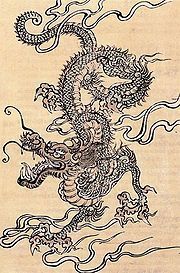
Creating an exact timeline for the origin of dragons is challenging because these mythical creatures have appeared in various forms and cultures throughout history. However, we can provide a general overview of the appearance of dragon-like creatures in different civilizations and their subsequent development. Please note that these dates are approximate and are meant to provide a general sense of the timeline:
- 3000 BCE: Ancient Mesopotamian mythology features some of the earliest known dragon-like creatures, such as Tiamat, a primordial goddess often depicted as a serpentine or dragon-like being.
- 2000-1500 BCE: In ancient Egyptian mythology, the serpent god Apep is described as a massive serpent that embodies chaos, often considered an early precursor to dragon-like creatures.
- 1600-1100 BCE: Dragons appear in ancient Chinese mythology and art during the Shang and Zhou dynasties. These early Chinese dragons are associated with water, rain, and fertility.
- 1200-800 BCE: In ancient Indian mythology, the Rigveda, one of the oldest sacred texts, mentions serpentine or dragon-like creatures called Nagas.
- 800-400 BCE: In ancient Greek mythology, dragon-like creatures such as the Hydra and the Drakon are mentioned in various myths and legends.
- 100-500 CE: Dragons appear in Roman mythology and art, influenced by Greek myths and legends. The Latin word "draco" is used to describe serpent-like creatures.
- 500-1000 CE: Norse mythology features dragons like Fafnir and the World Serpent, Jormungandr. Dragons also appear in the Anglo-Saxon epic poem "Beowulf."
- 1000-1500 CE: European folklore and legends from the Middle Ages are rich with stories of dragons, such as Saint George and the Dragon. Dragons become a symbol of evil and destruction in Christian iconography.
- 1800s CE: The Romantic period sees a revival of interest in dragons and other mythical creatures in literature and art.
- 20th and 21st centuries CE: Dragons continue to be popular in modern literature, films, and popular culture, such as J.R.R. Tolkien's "The Hobbit," J.K. Rowling's "Harry Potter" series, and George R.R. Martin's "A Song of Ice and Fire" series.
This timeline offers a broad overview of the development and presence of dragons throughout history. It's important to note that the concept of dragons is not limited to any single culture or time period, and they have appeared in various forms and contexts throughout human history.
Conclusion
In conclusion, the history of dragons is a captivating journey through the myths, legends, and folklore of various cultures across time. From the ancient civilizations of Mesopotamia, China, and India to the medieval folklore of Europe and beyond, dragons have continued to capture the human imagination. These mythical creatures have taken on diverse forms and attributes, symbolizing everything from wisdom and power to chaos and destruction.
Dragons have transcended the boundaries of time and culture, remaining a constant source of fascination, inspiring countless works of art, literature, and popular culture. As we continue to explore the rich tapestry of human history and imagination, the enduring legacy of dragons serves as a testament to our shared fascination with the mysterious, the powerful, and the awe-inspiring.
Book of the Month
The Best Selling Fae Fantasy Book! A great Christmas gift!
CLICK HERE for more information and best price!
Recent Articles
-
Fae Fantasy Books - where love can be both thrilling and terrifying!
Nov 22, 25 02:34 AM
Fae Fantasy Books - explore new aspects of what it means to be human in a world where magic and immortal beings exist! A perfect blend of danger and allure! -
Water Fairies: Meet the Mystical Undines of the Waters
Nov 19, 25 02:45 AM
Water fairies, often called undines, are enchanting magical beings deeply connected to the element of water. These spirits appear in folklore and fairy tales -
Earth fairies are elemental beings connected to the earth element.
Nov 19, 25 02:34 AM
Earth fairies, also known as gnomes, are elemental beings deeply connected to the earth element. They have rich roots in folklore, mythology, and fairy tales
